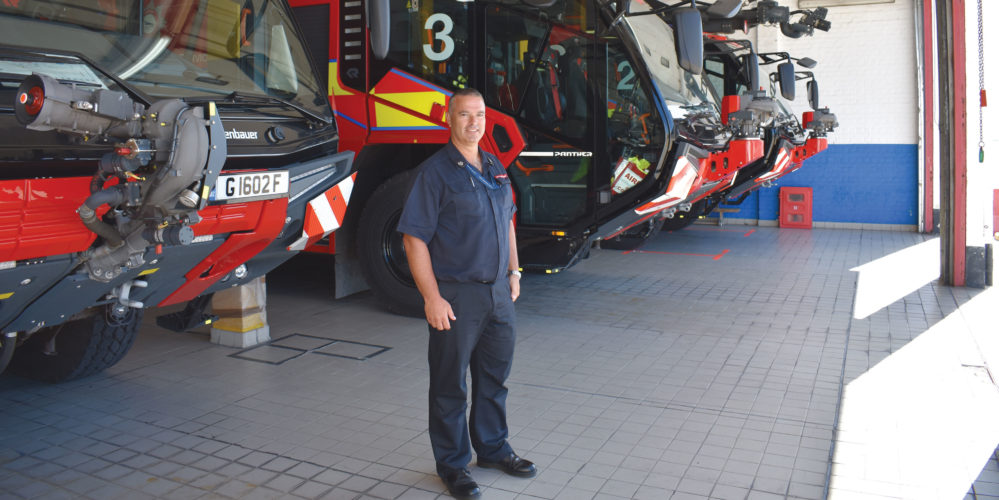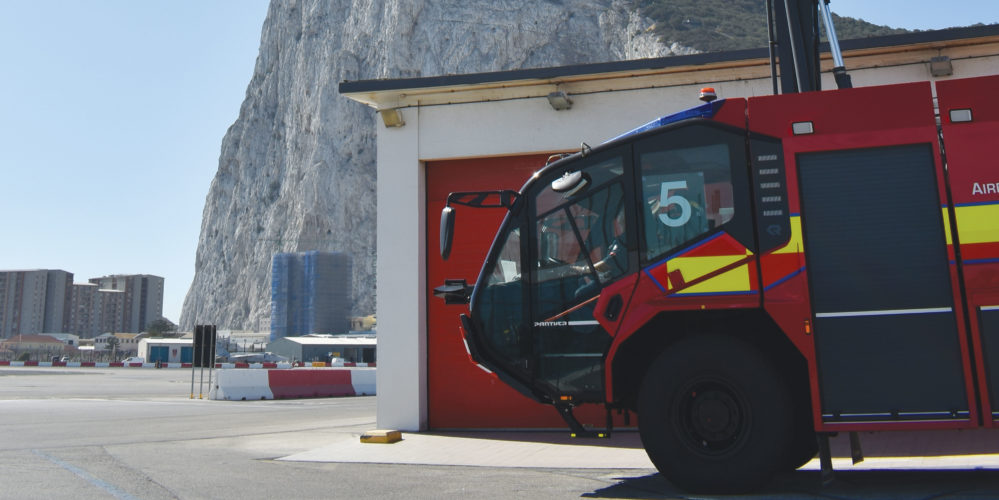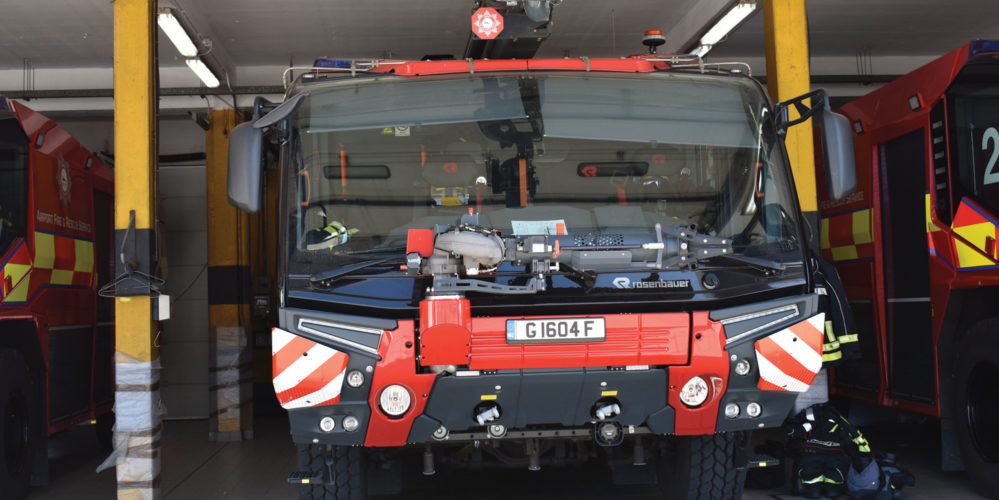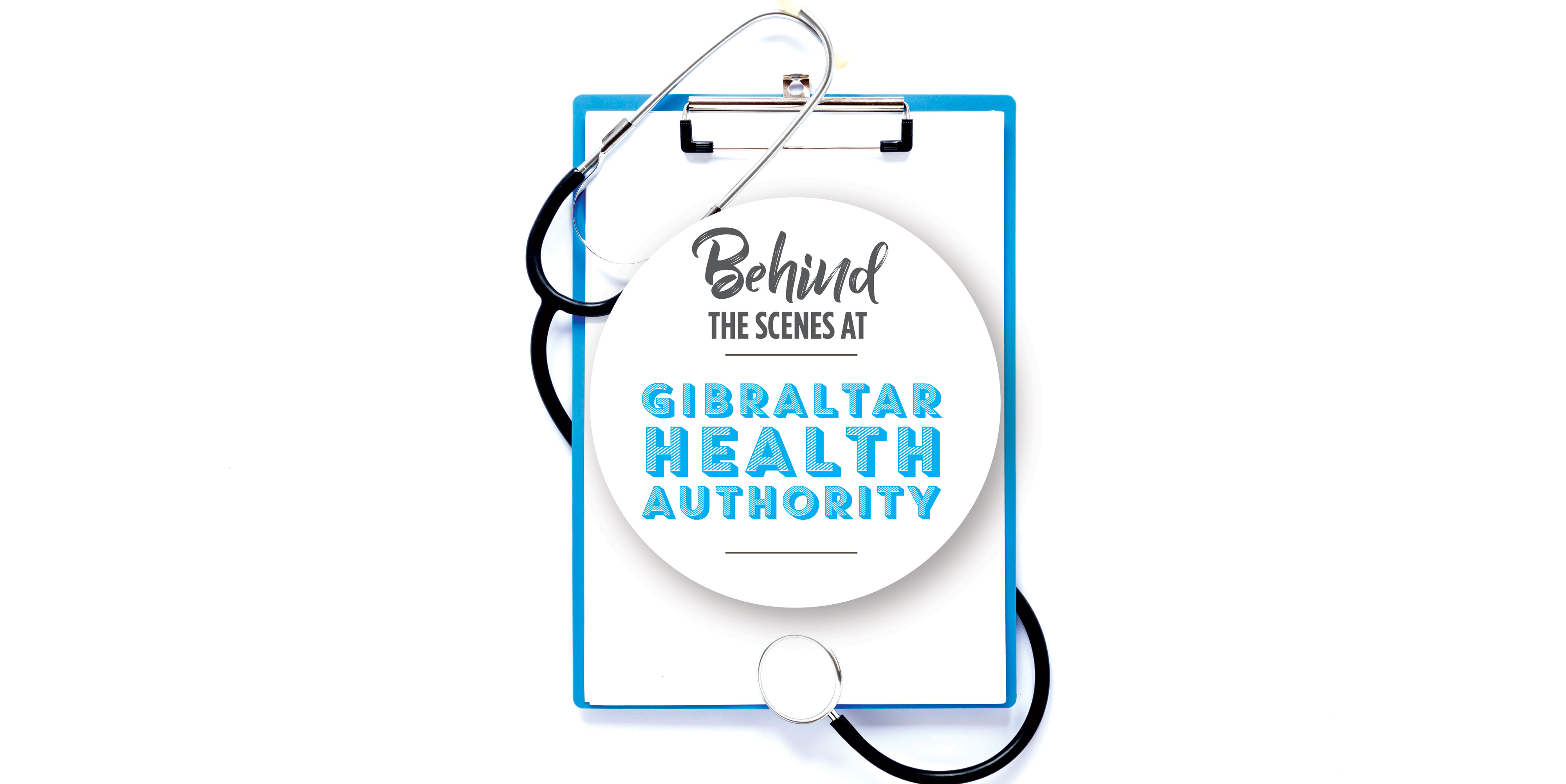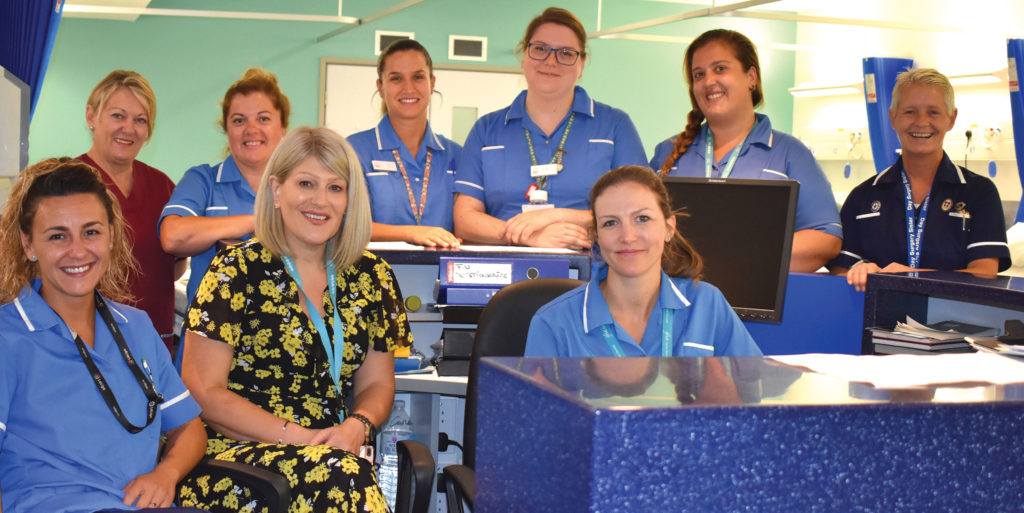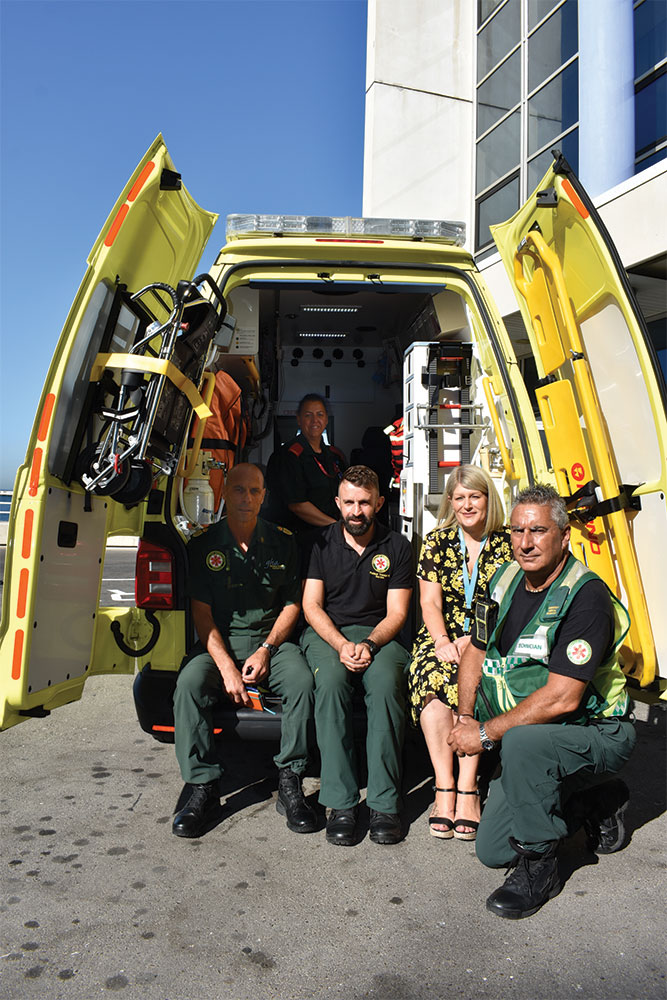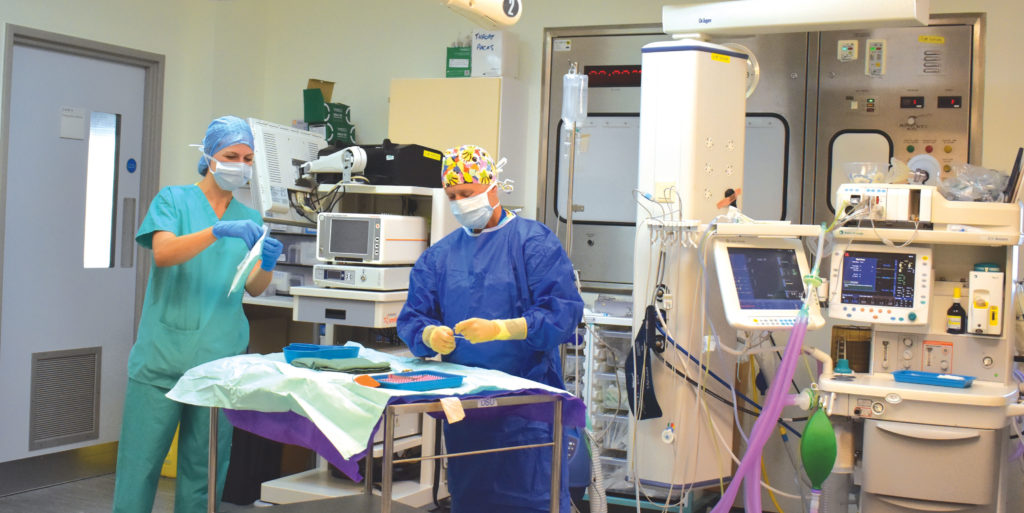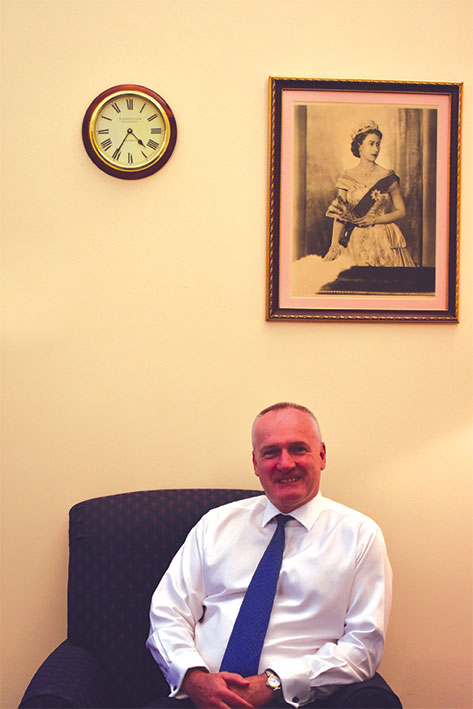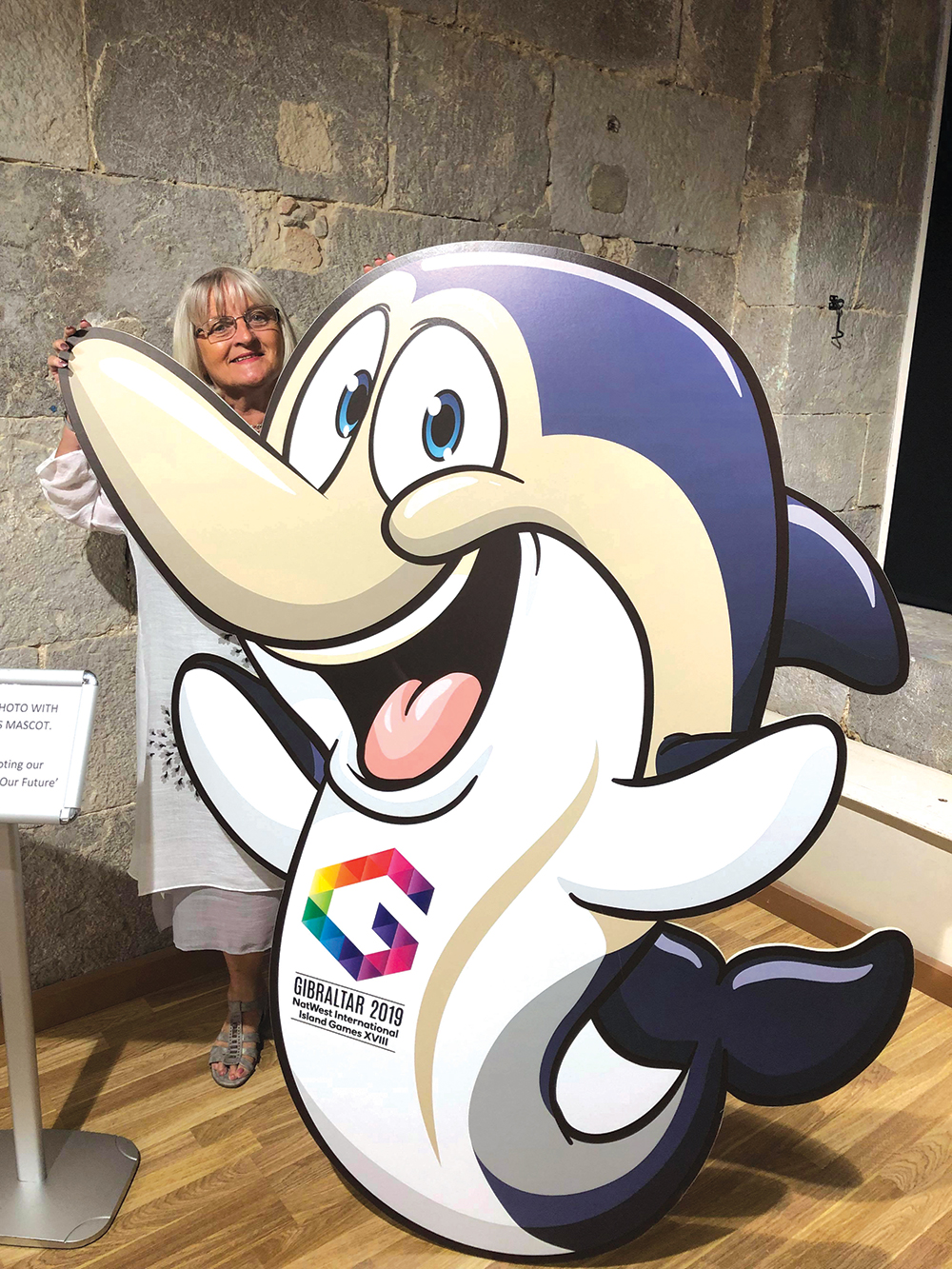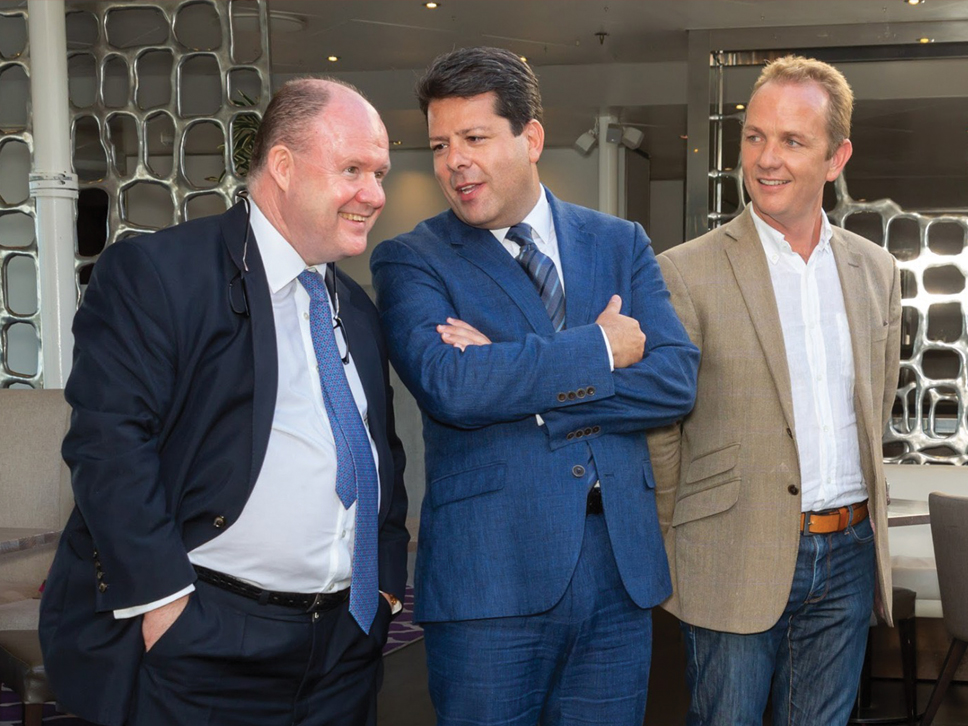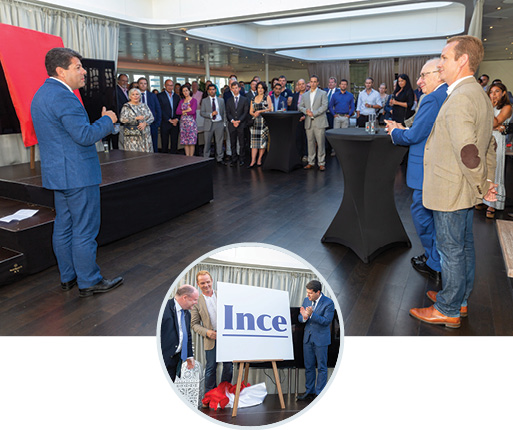Vitamins to Boost Hair Growth
It is often said that our hair is our crowning glory and there is no doubt that having a healthy looking head of hair can boost our confidence. But what about those of us who have noticed that our hair is thinning or find that it is now fine and wispy when it was once full and luscious? This doesn’t just apply to women, but men as well, who are often equally as vain when it comes to their hair.
The hair on your head goes through a life cycle that involves growth, resting, and shedding. Each hair is attached to the scalp via a follicle. There are between 100,000 and 350,000 hair follicles on the human scalp and normal hair loss in an adult is about 50-100 hairs a day, but there are many people who suffer with more severe hair loss caused by stressful situations, pregnancy, chronic illness, injury or poor diet. Other factors such as age, genetics and hormones can also affect hair growth.
In those situations and when hair loss is persistent, it is advisable to seek medical assistance, but if you want to give your locks a boost, it is worth investing in vitamins or supplements that may help your hair follicles function to the best of their ability.
Having a healthy diet full of nutrients can have an impact on the growth, strength and volume of our hair. Certain proteins, fats, vitamins, and minerals are especially significant for strong, healthy hair. Research has determined that vitamins A, B, C, D, iron, selenium, and zinc are all important to the hair growth and retention processes, specifically with cell turnover.
Vitamin A
Your hair needs vitamin A to stay moisturised and to grow and it also strengthens hair to reduce breakage. Good food sources include sweet potatoes, carrots (especially carrot juice), spinach, kale and some animal foods.
Vitamin B
One of the best known vitamins for hair growth is a B-vitamin called biotin. B-vitamins help carry oxygen and nutrients to your scalp, which aids in hair growth. Wholegrains, meat, seafood and dark, leafy greens are all good sources of B-vitamins.
Vitamin C
Free radical damage can block growth and cause your hair to age. Vitamin C is needed to make collagen and can help prevent hair from aging. Good sources include peppers, citrus fruits and strawberries.
Vitamin D
Low levels of vitamin D are linked to alopecia. You can increase vitamin D levels through sun exposure or by eating certain foods such as eggs, berries, oily fish such as salmon, avocados, sweet potatoes, nuts and seeds.
Vitamin E
Similar to vitamin C, vitamin E is an antioxidant that can prevent oxidative stress and can boost hair growth. Good dietary sources include sunflower seeds, almonds, spinach and avocados.
IRON
If your iron levels are too low (anaemia), less iron is supplied to your hair follicles disrupting your hair growth cycle and causing hair loss in some people. Iron is an important mineral for many bodily functions, including hair growth. The best sources of iron include clams, oysters, eggs, red meat, spinach and lentils.
Zinc and Selenium
Zinc plays an important role in hair tissue growth and repair and a lack of zinc can lead to hair loss and a dry, flaky scalp. It also helps keep the oil glands around the follicles working properly. The mineral zinc can improve hair growth in people who are deficient in it. Good sources include fortified cereals, wholegrains, eggs, oysters, beef and pumpkin seeds.
Protein
Hair is made almost entirely of protein. Consuming enough is important for hair growth. If your diet is low in protein, you’re likely to have hair loss or dry and brittle hair. Eat the right proteins and keep your hair strong. What to eat: Chicken, fish, turkey, eggs and dairy products. For vegans or vegetarians, legumes and nuts are an excellent source of protein.
Vitamin Supplements
A nutritious, balanced diet is the best source of vitamins for hair growth but it is often difficult to get sufficient, so vitamin supplements can be helpful.
Holland & Barrett have a wide range of natural products, high quality vitamins and nutritional supplements, including their own brand, which can help to encourage hair growth from within our body.
Holland & Barrett Vitamin B-Complex and Vitamin B12 food supplement
New Nordic Hair Volume tablets contain micronutrients and herbal extracts including apple extract, procyanidin B12, biotin, zinc and copper.
Viviscal Hair Growth Maximum Strength supplements are for people who want to maintain normal healthy hair growth.
Nourkrin is a nutritional supplement that contains the fish extract known as marilex. Taken regularly for a period of at least 6 months, Nourkrin promotes hair growth by maintaining the health of your hair follicles.
Vitabiotics are multivitamins and supplements for both men and women that can boost hair growth.
Advisory Information:
Food supplements must not be used as a substitute for a varied and balanced diet and a healthy lifestyle. If you are pregnant, breastfeeding, taking any medications or are under medical supervision, please consult a doctor or healthcare professional and always read the label before use.









